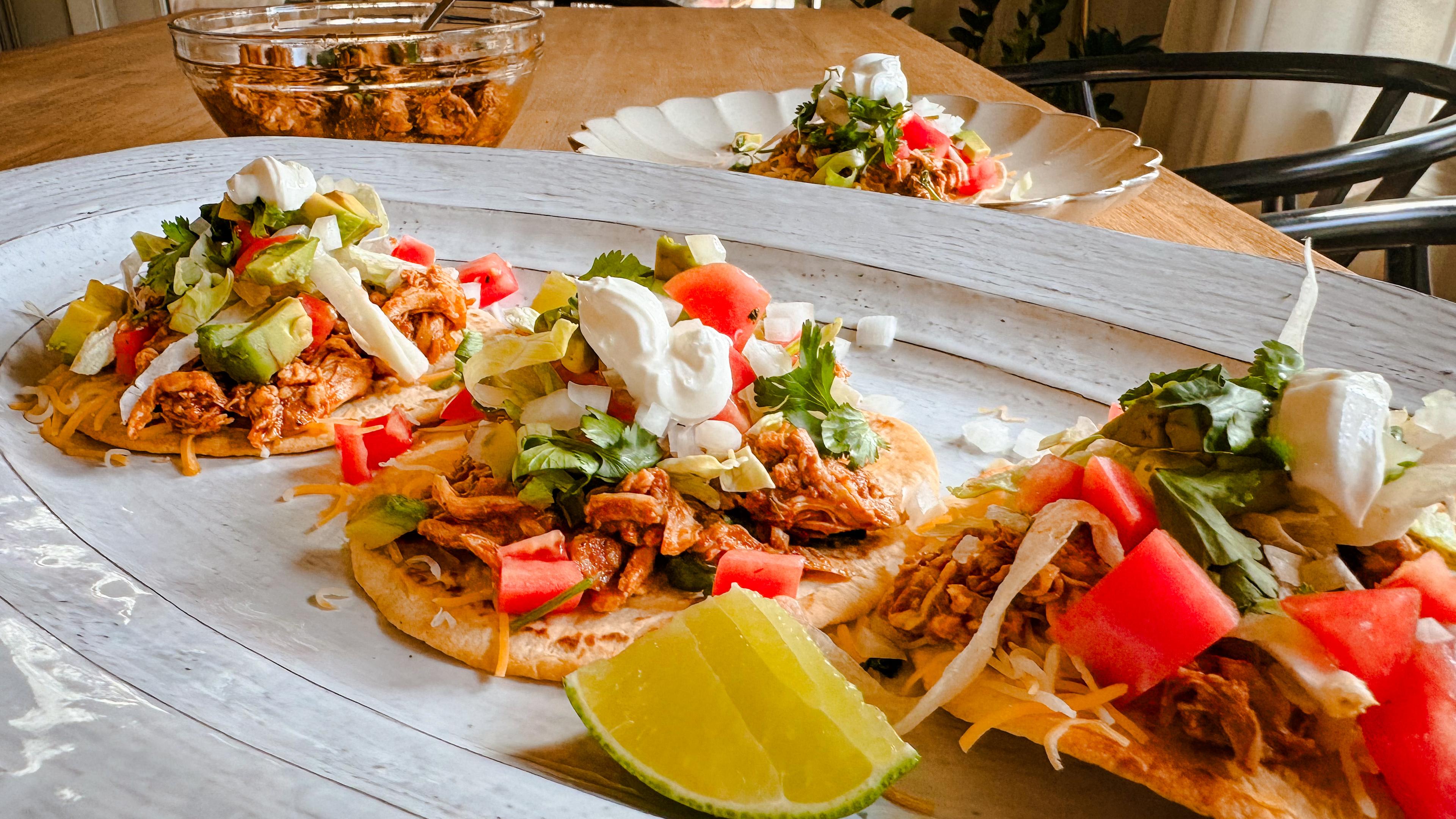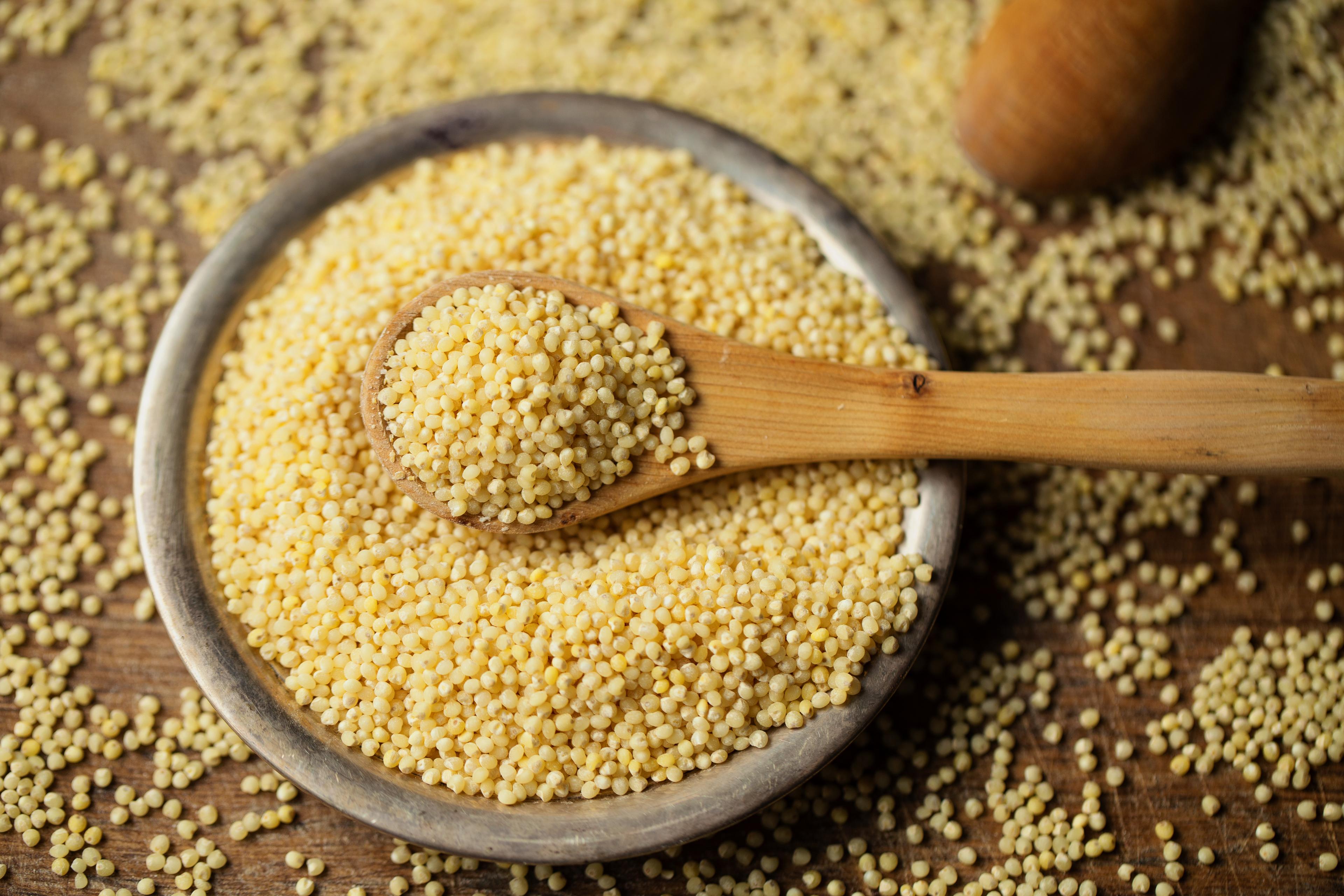Get to Know the GERD Diet
3 min read

Foods we love to eat can sometimes cause digestive problems later. A lot of us probably have had experience with slices of pizza that didn’t sit well immediately after eating them. Or that serving of greasy sausage we later wished we’d declined. On those days, heartburn can seem like a constant companion. But what if this post-meal discomfort happens frequently? It could be a sign you have GERD. So, let’s get to know the GERD diet that can help keep acid issues to a minimum.
What is GERD? First, it’s important to understand that GERD is more than just an occasional flare-up of heartburn. The acronym stands for gastroesophageal reflux disease. It’s the condition that occurs when the tube that moves food from the esophagus into the stomach does not close properly to keep all the digesting food in the stomach, according to Johns Hopkins Medicine. Instead, this muscular esophageal sphincter relaxes, letting partially-digested food and stomach acid push up and back into the esophagus.
This type of involuntary acid reflux becomes GERD when there are severe, frequent feelings of heartburn and internal injury. Repeated bouts of reflux can cause damage to the esophagus or even a person’s respiratory tract.
Symptoms. GERD is more common than you might think. Research shows about 20% of adults in the United States may have GERD. How do you know if you have it? A health care provider can diagnose it, but there are some symptoms to watch for:
- Heartburn: a burning sensation in the chest or esophagus
- Sour liquid that is regurgitated into the mouth or throat
- Shortness of breath
- Difficulty swallowing
- Sore throat
- Frequent coughing or throat-clearing
Food as a trigger and a cure. For people with GERD, what they eat has a direct impact on their acid reflux issues. Some foods are triggers and can cause reflux symptoms to kick in or worsen. Other foods tamp down on the signs of GERD and allow digestion to work. People who have been diagnosed with GERD and want to follow a GERD-centric diet will want to stay away from trigger foods and pick the best items for their body. A GERD diet is one that is focused on limiting acid-producing foods, according to Healthline.
Trigger foods include those that are spicy, greasy, high in fat, or that are acidic. Some examples:
- Pizza
- Bacon
- Cheese
- Potato chips
- Sausage
- Fried foods
- Creamy sauces or dressings
- Ice cream
- Whole milk
- Processed snack foods
- Tomato sauce
- Citrus fruits
- Carbonated soda
- Foods that help prevent GERD include:
- Oatmeal
- Brown rice
- Whole grain foods
- Couscous
- Beets
- Carrots
- Cauliflower
- Asparagus
- Broccoli
- Bananas
- Nuts
- Green Beans
- Melon
- Cucumbers
- Potatoes
Food journal. Each person’s tolerance for certain foods is different. To help pinpoint which foods sit the best with you, try keeping a food journal. List the foods eaten at each meal, then note any meal when you’ve had a strong reflux reaction. Patterns should be easy to see and often revolve around spicy, greasy or processed foods. Some people also have strong reflux reactions to citrus fruits, making oranges, pineapples and grapefruits something they avoid.
Tips to combat GERD. Some lifestyle changes can help keep GERD from being a problem. These include:
- Sit upright for about two hours after eating. Don’t get in the habit of eating, then laying down.
- Wear loose-fitting clothing
- Don’t chew spearmint or peppermint gum
- Keep the head of your bed raised 6 inches, or use two pillows to keep your head and shoulders higher while you sleep
- Eat slowly
- Try eating smaller, more frequent meals instead of three large meals each day
Related:
Photo credit: Getty Images









